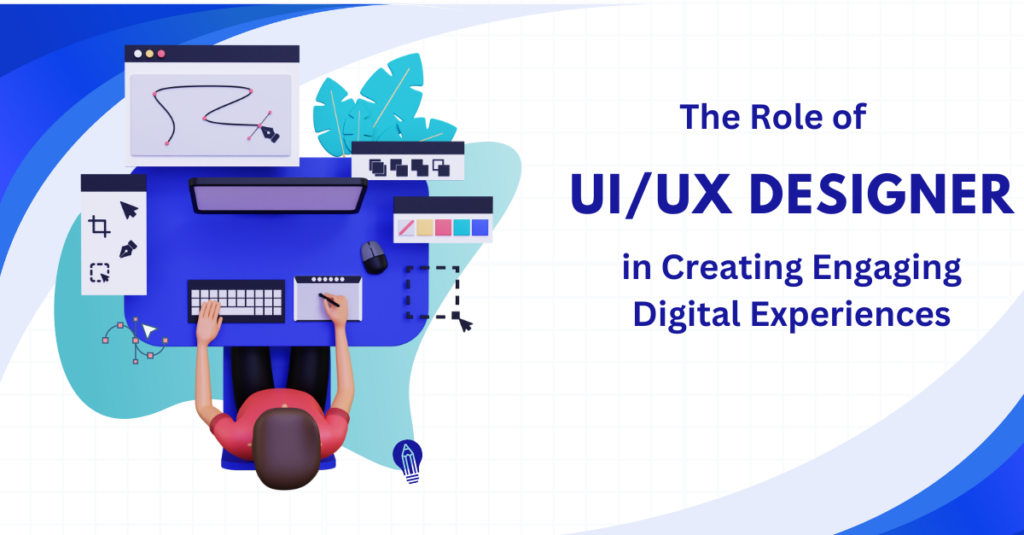
Introduction
In today’s digital age, where user experience (UX) and user interface (UI) play a vital role in the success of a website or application, optimizing usability has become a top priority for businesses. Users expect seamless and intuitive interactions with digital products, and failing to meet their expectations can result in high bounce rates and lost opportunities. This is where investing in a dedicated UX/UI designer becomes crucial. In this article, we will explore the importance of optimizing usability and delve into the reasons why businesses should prioritize hiring a dedicated UX/UI designer.
Optimizing Usability: Why Investing in a Dedicated UX/UI Designer Matters
What is User Experience (UX)?
User Experience, commonly known as UX, refers to the overall experience a user has while interacting with a product, system, or service. It encompasses various aspects, including usability, accessibility, efficiency, and satisfaction. A positive user experience ensures that users can effortlessly navigate through a website or application, find what they are looking for, and accomplish their goals with ease.
What is User Interface (UI)?
User Interface, often abbreviated as UI, refers to the visual elements and interactive components of a product that users interact with. It includes buttons, menus, forms, icons, and other graphical elements. A well-designed user interface enhances the usability and accessibility of a product, making it visually appealing and intuitive for users to interact with.
The Impact of UX/UI on Business Success
- Improved Customer Satisfaction: Investing in a dedicated UX/UI designer helps businesses create products that align with users’ needs and expectations. By providing a seamless and enjoyable experience, customers are more likely to engage with the product, leading to higher customer satisfaction and retention rates.
- Reduced Bounce Rates: A poorly designed user interface or a complicated user experience can quickly discourage users and lead to high bounce rates. By optimizing usability through the expertise of a UX/UI designer, businesses can significantly reduce bounce rates and increase user engagement.
- Enhanced Brand Reputation: A well-designed product that prioritizes usability creates a positive impression of a brand. Users are more likely to associate a seamless user experience with a reputable and trustworthy brand. Investing in UX/UI design demonstrates a commitment to delivering quality and user-centric solutions, thereby enhancing brand reputation.
- Increased Conversion Rates: When users find a product easy to use and navigate, they are more likely to convert into customers. A dedicated UX/UI designer can optimize the user flow, remove friction points, and streamline the conversion process, ultimately leading to higher conversion rates and business growth.
- Competitive Advantage: In today’s competitive market, providing a superior user experience sets businesses apart from their competitors. Investing in a dedicated UX/UI designer ensures that a product stands out by delivering a unique and delightful experience that surpasses user expectations.
How a Dedicated UX/UI Designer Adds Value
- User Research and Analysis: A dedicated UX/UI designer conducts in-depth user research to understand the target audience, their behaviors, needs, and pain points. This research informs the design process and ensures that the product meets users’ expectations.
- Information Architecture and Wireframing: A UX/UI designer creates the information architecture and wireframes that form the blueprint of a product. This step involves structuring the content, defining the user flow, and creating low-fidelity prototypes to test and validate the design direction.
- Visual Design and Branding: Once the information architecture is established, the UX/UI designer focuses on visual design, creating an appealing and consistent interface that aligns with the brand identity. They select color schemes, typography, and visual elements that enhance the user experience.
- Interaction Design and Prototyping: Interaction design involves designing the interactive elements and behaviors of a product. UX/UI designers create interactive prototypes that simulate user interactions, allowing for iterative testing and refinement of the design.
- Usability Testing and Iteration: A dedicated UX/UI designer conducts usability testing sessions to gather feedback and identify areas for improvement. They iterate on the design based on user feedback, ensuring that the final product provides an optimal user experience.
Conclusion
Optimizing usability through investing in a dedicated UX/UI designer is a strategic decision that can significantly impact the success of a digital product. By focusing on user experience and user interface design, businesses can create products that delight users, improve customer satisfaction, increase conversion rates, and ultimately gain a competitive edge in the market. Prioritizing UX/UI design showcases a commitment to providing outstanding user experiences and building strong brand reputations.
